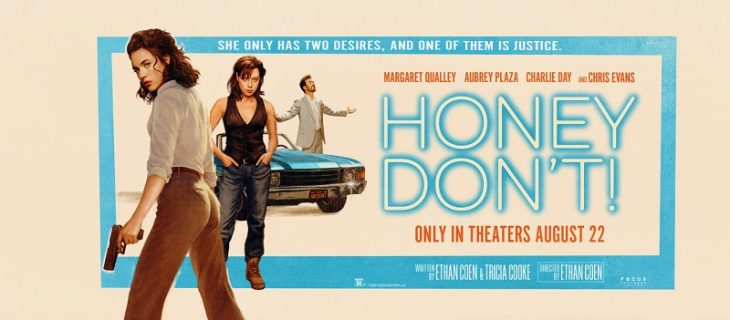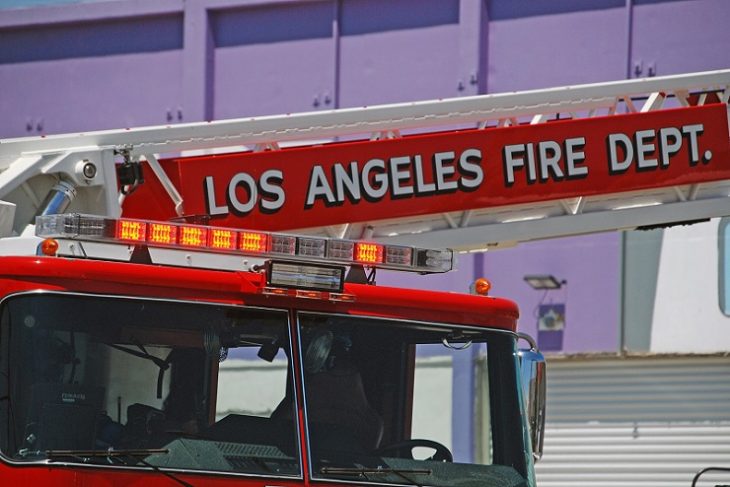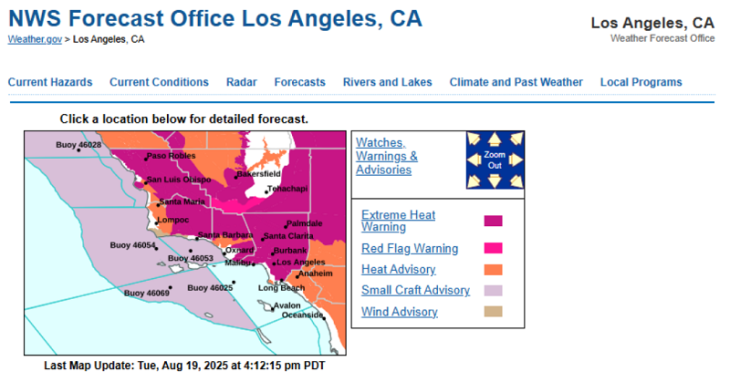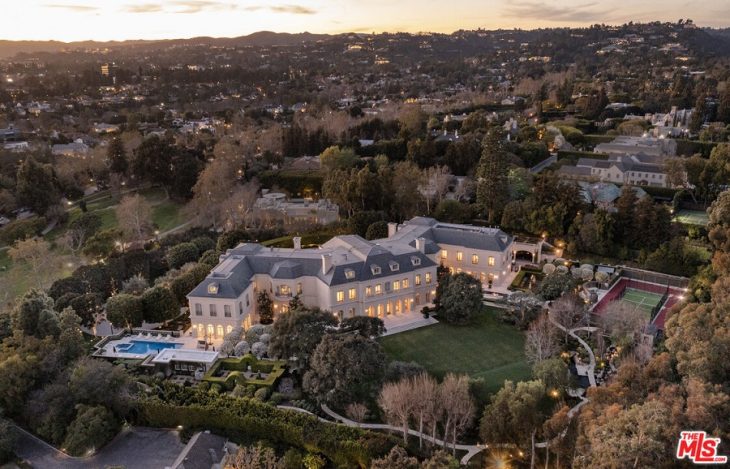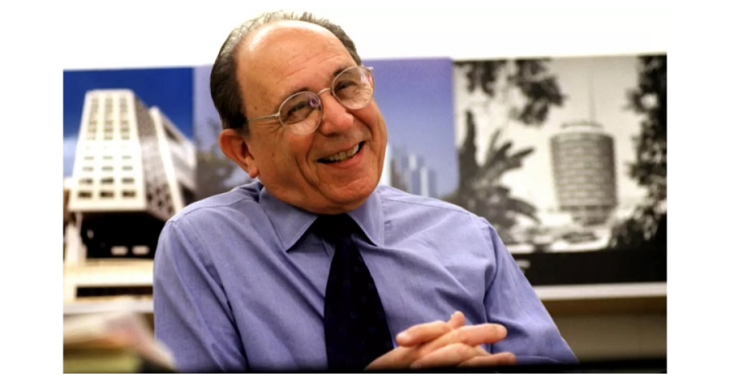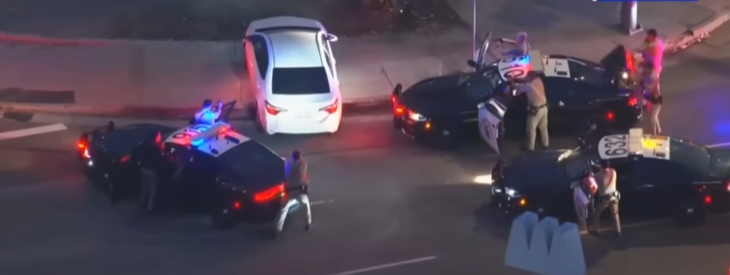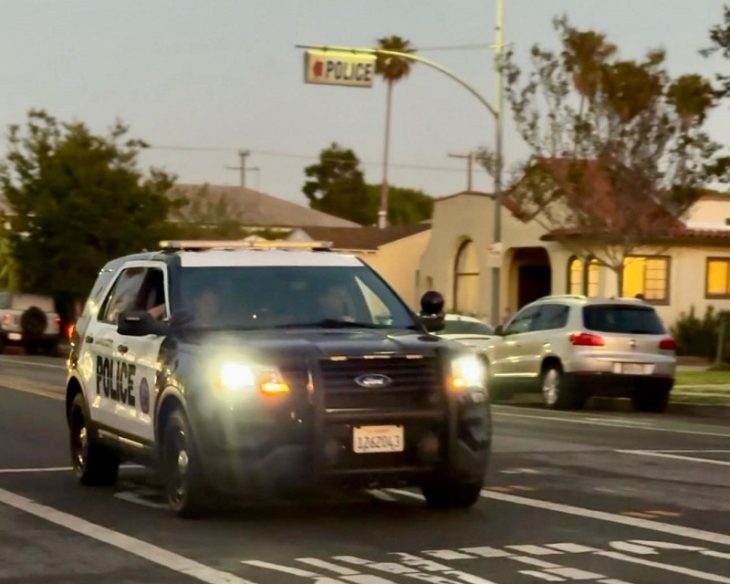By Tom Elias, Century City-Westwood News Columnist
First there were the “geriatric police,” cops who occasionally stopped senior citizens near the beginning of this spring’s coronavirus pandemic and told them to get home and stay home, with no one quite sure what right they had to enforce such a condescending, age-discriminating policy, however well-meant.
Then Los Angeles Mayor Eric Garcetti threatened to institute “neighborhood police,” saying if the folks who elected him don’t behave in ways he pronounces good for them, he’ll force them not to go outside their neighborhoods for an indefinite period.
These were both the result of decrees stemming from emergency powers the Constitution grants public officials for use only in times of extreme emergency.
No one responsibly suggests this spring has not been a time of public health emergency. Hospitals have been crammed with victims of the rogue coronavirus. Convention centers and basketball arenas were converted into temporary hospitals.
Death and disease tolls are totted up daily in ways unseen since the Vietnam War, and in numbers exponentially higher than even those myriad casualties.
That means many measures taken under emergency rules are justified. Then come edicts in other categories. Where, for example, did Gov. Gavin Newsom get the power to authorize state Chief Justice Tani Cantil-Sakauye and the California Judicial Council to change this state’s bail laws, as he did without so much as a token public hearing or Zoom social media session?
Of all the many measures state and local officials imposed on tens of millions of Californians, none appears to have less legal justification than this one.
Few would seriously protest other measures the court system adopted on its own, even if there were no checks or balances on its choices. Defendants now can appear by remote technologies for pretrial criminal hearings. Time frames are extended for many temporary restraining orders. Electronic depositions are now OK in civil lawsuits. Courts have given up for the nonce their power to make eviction orders, no matter the cause.
These are mostly matters of judicial procedure, and the more sophisticated electronics become, the less some of these measures appear to intrude on basic American rights.
But then there are bail bonds. Among the changes the Judicial Council made without a peep from Newsom was a statewide emergency measure forbidding judges to set bail in any but the most serious felonies, like murder and rape. For misdemeanors and so-called “lower level” felonies, including child abuse, there now will be no bail required.
The justification is a desire to thin out jail populations and create for inmates something like the social distancing enforced on the rest of the populace. The thinking: without such distancing, jails can become like petri dishes where the virus might infect and kill prisoners in droves.
But bail itself is a matter of hot public debate, a policy issue on which Newsom took sides last year when he signed a bill ending bail for virtually all criminal defendants. Immediately, the bail bond industry raised millions of dollars and qualified a referendum for November’s ballot that would rescind that law. Once the measure qualified for the ballot, the law was put in limbo, and bail remained as before, pending the voters’ say-so this fall.
Now, the proposed new policy is getting a trial run without even one public hearing. If crime rises in this time of myriad empty stores and offices, voters will quickly realize that no-bail is bad public policy. If there are no new problems from the “minor” criminals who will be given their freedom pending trial, then it’s possible public sentiment, which previously favored keeping the old bail system, will turn around to register a ‘no’ vote on the referendum.
Whatever the outcome, no one can seriously challenge the court system’s new rules, if only because of this classic Catch-22: the only place for such a challenge would be the very court system that set those rules.
All of which raises legitimate questions about just how much democracy Californians ought to be willing to cede even during emergencies that inevitably arise in a state subject to frequent earthquakes and wildfires.
Email Thomas Elias at tdelias@aol.com. His book, “The Burzynski Breakthrough, The Most Promising Cancer Treatment and the Government’s Campaign to Squelch It” is now available in a soft cover fourth edition. For more Elias columns, visit www.californiafocus.net

